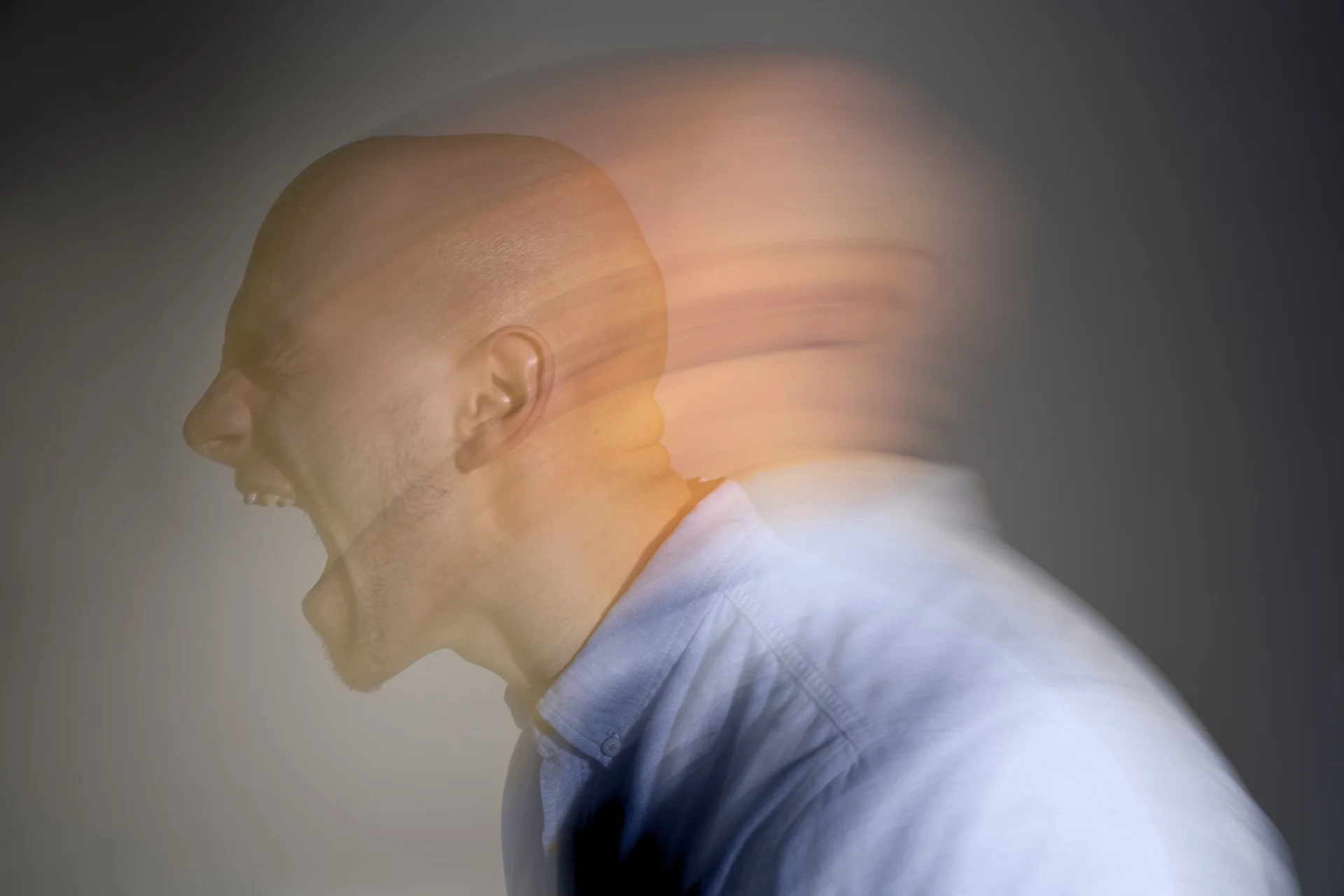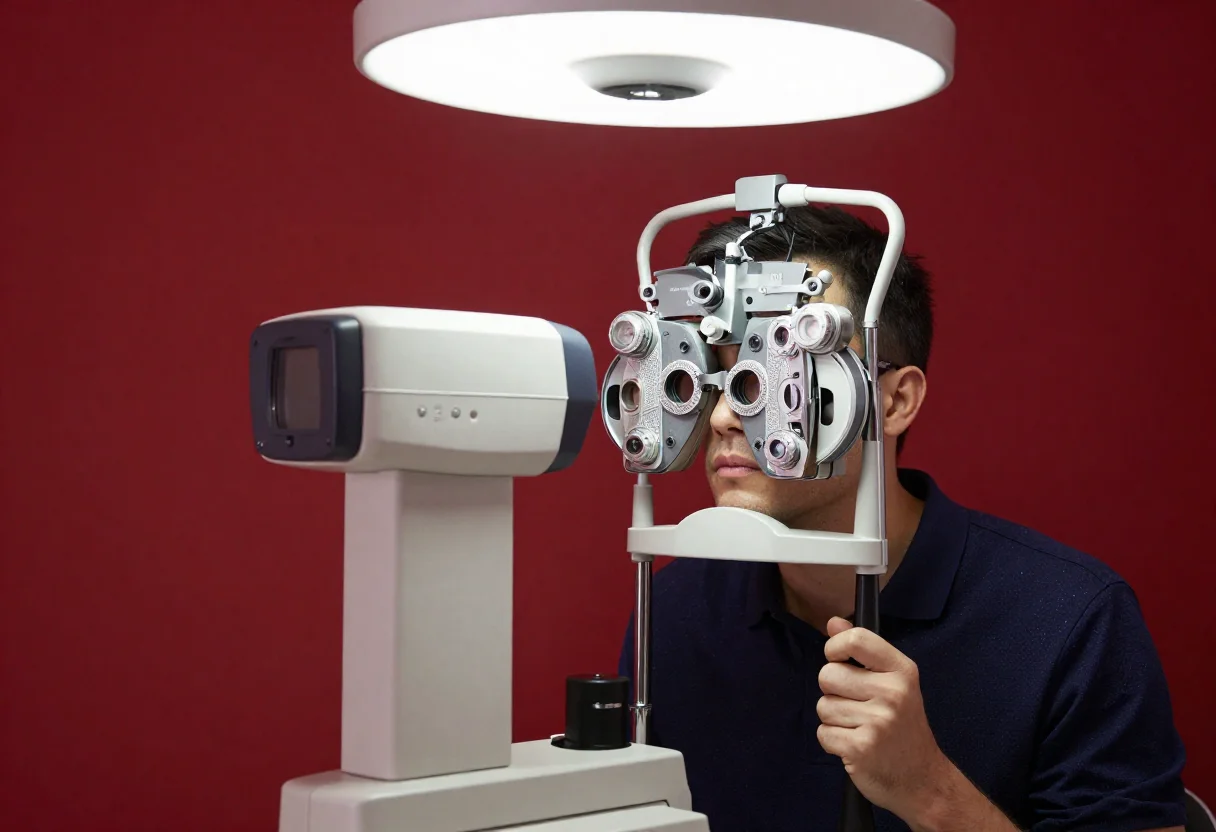
Although schizophrenia is often referred to as a single disease, it is better understood as a syndrome that includes a group of disorders with varying clinical features, prognosis, and treatment responses [1]. Its symptoms involve changes in emotions, perception, thinking, and behavior, and these may vary across a person’s lifetime. Diagnosis is made through clinical evaluation; there is no specific laboratory test. It typically begins at an early age and can negatively impact a person's life and functioning in many areas.
According to the World Health Organization (WHO), schizophrenia affects approximately 24 million people worldwide, or 1 in 300 individuals (0.32%) [2]. Among adults, the rate is estimated at 1 in 222 people (0.45%). The American Psychiatric Association (APA) estimates a lifetime prevalence of 0.3% to 0.7%.
According to the neurodevelopmental hypothesis, environmental factors may influence brain development and contribute to the onset of schizophrenia. Key findings include:
- Higher risk of schizophrenia and psychotic disorders among immigrants and their descendants compared to the general population [3].
- Increased risk in children born to older fathers, especially over age 50–55, with the lowest risk seen in those born to fathers aged 20–35 [4].
- Childhood infections, particularly viral infections of the central nervous system, may raise the risk [5].
- Higher risk among individuals born in winter, and lower risk for those born in summer or autumn [6].
- Exposure to childhood adversity or trauma increases the risk of psychotic disorders by 2–4 times [7].
Schizophrenia is diagnosed clinically. The presence of certain symptoms for specified durations leads to diagnosis. These symptoms include:
- Delusions: Fixed, false beliefs that persist despite clear evidence to the contrary. They may involve themes such as persecution, reference, grandeur, bodily functions, or religion.
- Hallucinations: Perception-like experiences without an external stimulus. They can affect any sensory modality, but auditory hallucinations are most common in schizophrenia.
- Disorganized thinking/speech: Includes jumping between unrelated topics, giving irrelevant answers, or using nonsensical words.
- Disorganized behavior: Includes odd, purposeless, or repetitive behaviors, inappropriate emotional responses, or unpredictable agitation or passivity.
- Negative symptoms: These involve reduced emotional expression, difficulty initiating activities, diminished speech, anhedonia, or social withdrawal.
For a diagnosis, at least two of these symptoms must be present for at least one month (one of which must be delusions, hallucinations, or disorganized speech), and the overall disturbance must persist for at least six months. Additionally, there must be a significant decline in functioning in areas such as work, relationships, or self-care.
Schizophrenia typically progresses through the following phases: premorbid, prodromal, first episode, early course, and chronic phase. The duration and severity of these phases vary among individuals.
In the premorbid phase (often during childhood or adolescence), individuals may show delays in development or weaker cognitive and social skills compared to peers. However, since there's natural variation in the general population, clear distinctions are hard to make.
The prodromal phase, observed in approximately 75–80% of patients, encompasses subtle symptoms that precede the onset of the illness. Changes in perception and thinking may cause distress and impair functioning. Unlike the illness phase, people in this stage often retain insight, realizing that their thoughts or experiences are unusual [8]. They might say things like “My mind is playing tricks on me.” Depression and anxiety are also common in this phase. Many of the functional losses in social and occupational areas occur during this stage. Still, not everyone in this phase develops schizophrenia. The 2–5 year risk of developing schizophrenia after a prodromal period is estimated at 25–35% [9].
Onset of the illness most often occurs between late adolescence and early adulthood, with the highest risk between ages 20 and 30. Studies show men are more likely to develop schizophrenia before age 30, while women are more likely after that [10]. The onset can be sudden (within days) or gradual over months or years. About half of the patients experience a relatively rapid onset (within a month).
As described under diagnostic criteria, schizophrenia includes various symptom clusters:
- Positive symptoms: These include hallucinations and delusions. About 60–80% of patients experience auditory hallucinations, while 27% have visual hallucinations. Hallucinations involving smell, taste, or bodily sensations are much rarer [11]. These symptoms can also occur in other psychiatric, neurological, or medical conditions, so additional tests (lab work, imaging) may be needed for differential diagnosis.
- Negative symptoms: These may begin before the illness is fully apparent and are seen in 25–30% of patients over the long term. Negative symptoms are classified as primary and secondary. Primary negative symptoms result directly from schizophrenia and are chronic and often resistant to treatment. Secondary negative symptoms arise from other causes (e.g., social isolation, depression), and are more reversible and responsive to treatment.
For instance, patients may appear withdrawn or unresponsive due to environmental stress or lack of support. Similarly, people with depression may show reduced motivation or slow movement. These factors are considered in the differential diagnosis.
- Disorganization (disordered thinking and behavior): Recognized as a separate symptom domain from positive and negative symptoms. It may manifest in various ways, cognitive, linguistic, and behavioural. According to DSM-5, disorganized thinking (speech) and behavior are evaluated separately. Disorganized speech includes unrelated answers, incorrect grammar, or even made-up words. Disorganized behavior may include repetitive motions, aggression, rituals etc.
The mainstay of treatment in schizophrenia is pharmacological, using antipsychotic medications. Drug selection depends on the patient's symptoms, clinical profile, and comorbid conditions. Dosing and medication changes may be made based on treatment response. Other psychotropic medications may be added when needed.
Among neuromodulation therapies, Electroconvulsive Therapy (ECT) may be considered based on symptom severity, response to medication, and treatment expectations.
As in all psychiatric disorders, psychotherapy also plays an important role in schizophrenia treatment. Even when symptoms respond well to medication, patients may struggle with daily functioning. Research shows that impairments in cognitive and social skills often affect functioning more than hallucinations or delusions do, and these impairments usually do not respond to medication. Therefore, specialized psychotherapies have been developed for such issues. The most commonly used approaches include Cognitive Behavioral Therapy (CBT) and psychoeducation. Psychoeducation involves informing patients and their families about symptoms and treatment options, improving communication strategies, and developing plans for managing crises.
- Boland, R., M. Verdiun, and P. Ruiz, Kaplan & Sadock’s synopsis of psychiatry. 2021: Lippincott Williams & Wilkins.
- WHO. Schizophrenia. 2022; Available from: https://www.who.int/news-room/fact-sheets/detail/schizophrenia.
- Henssler, J., et al., Migration and schizophrenia: meta-analysis and explanatory framework. European archives of psychiatry and clinical neuroscience, 2020. 270(3): p. 325-335.
- Oldereid, N.B., et al., The effect of paternal factors on perinatal and paediatric outcomes: a systematic review and meta-analysis. Human reproduction update, 2018. 24(3): p. 320-389.
- Khandaker, G.M., et al., Childhood infection and adult schizophrenia: a meta-analysis of population-based studies. Schizophrenia research, 2012. 139(1-3): p. 161-168.
- Coury, S.M., et al., Systematic review and meta-analysis: Season of birth and schizophrenia risk. Schizophrenia Research, 2023. 252: p. 244-252. a
- Morgan, C. and C. Gayer‐Anderson, Childhood adversities and psychosis: evidence, challenges, implications. World psychiatry, 2016. 15(2): p. 93-102.
- Lieberman, J.A., et al., The American psychiatric Association publishing textbook of schizophrenia. 2020: American Psychiatric Pub.
- Fusar-Poli, P., et al., Predicting psychosis: meta-analysis of transition outcomes in individuals at high clinical risk. Archives of general psychiatry, 2012. 69(3): p. 220-229.
- Van Der Werf, M., et al., Systematic review and collaborative recalculation of 133 693 incident cases of schizophrenia. Psychological medicine, 2014. 44(1): p. 9-16.
11. Zmigrod, L., et al., The neural mechanisms of hallucinations: a quantitative meta-analysis of neuroimaging studies. Neuroscience & Biobehavioral Reviews, 2016. 69: p. 113-123. a















